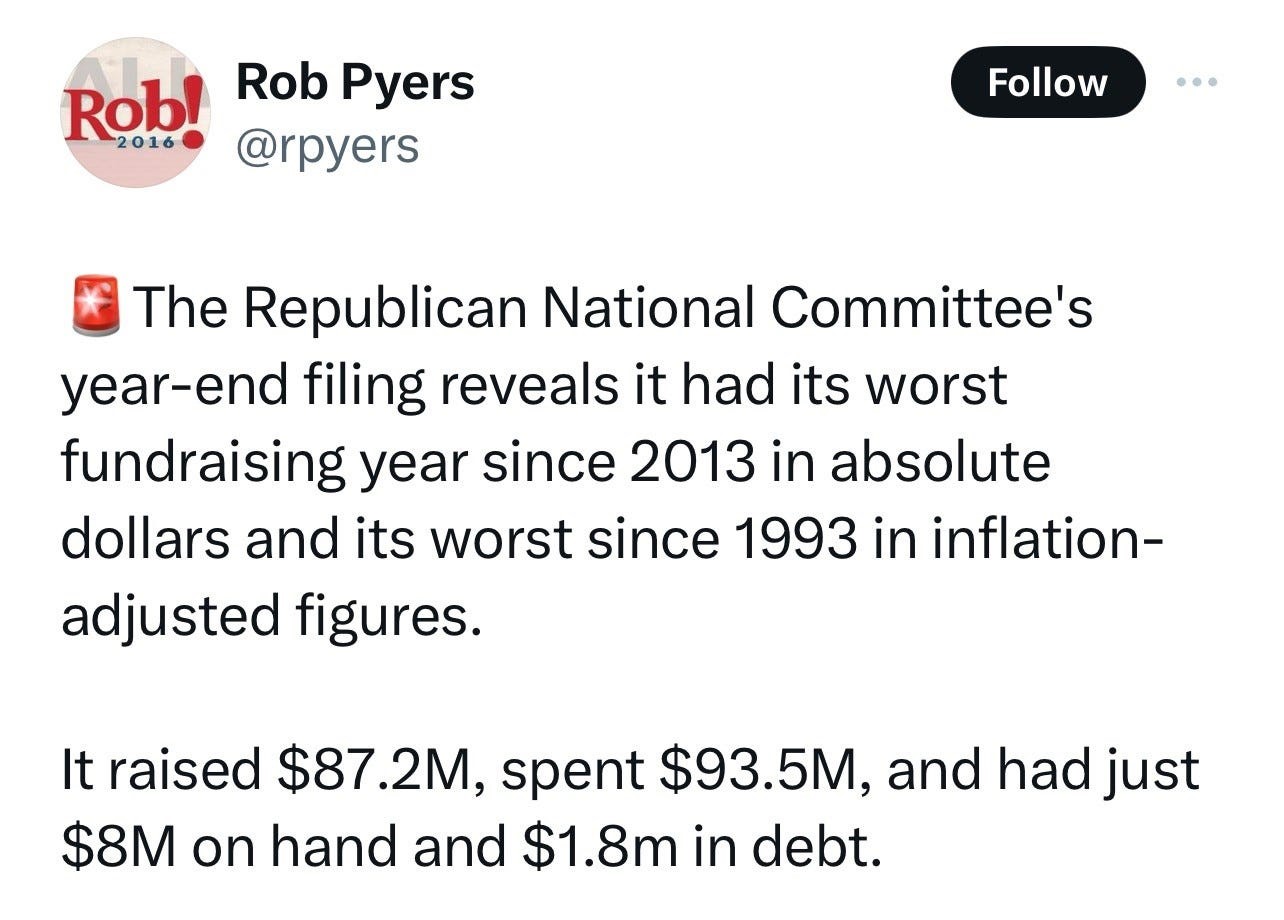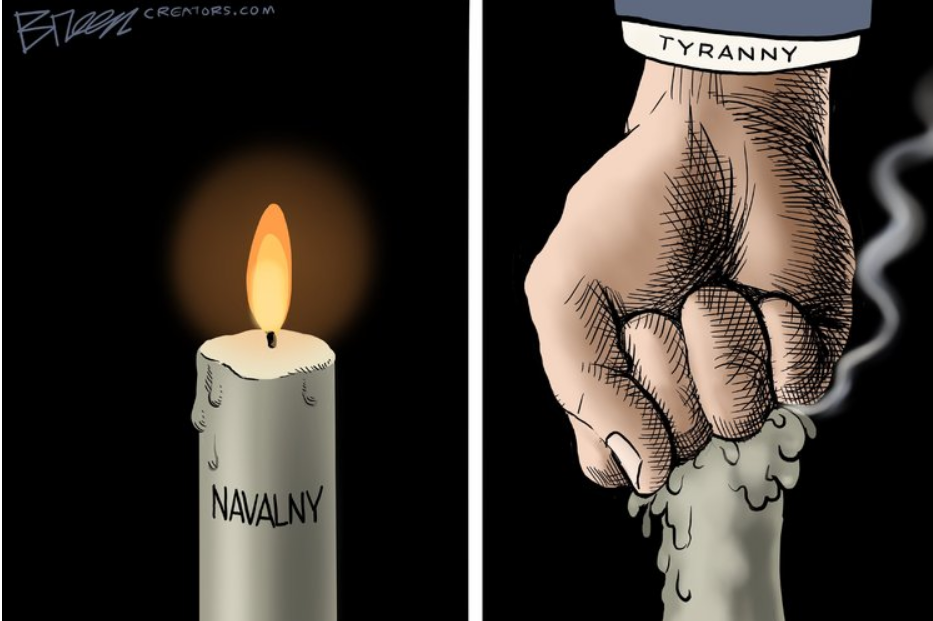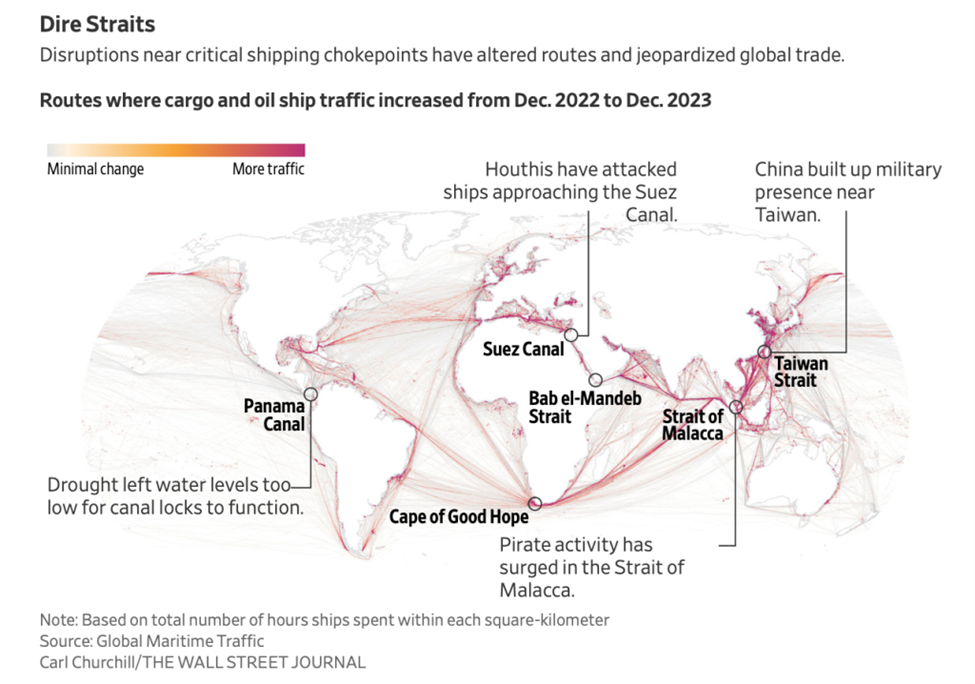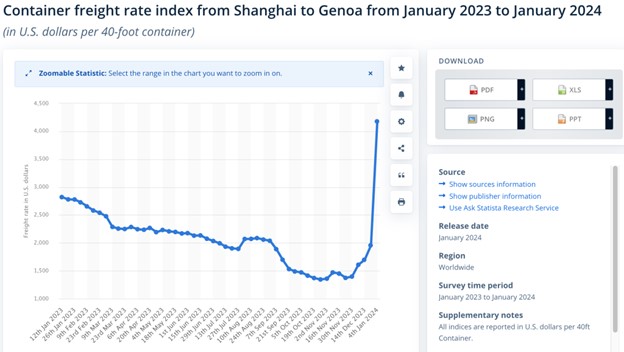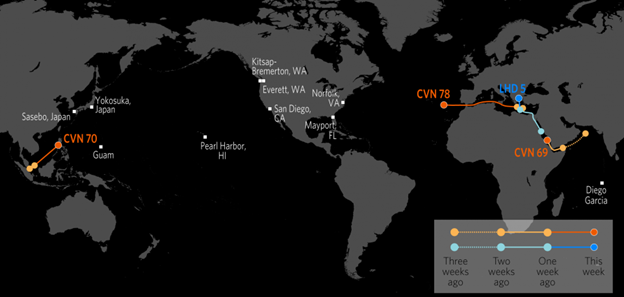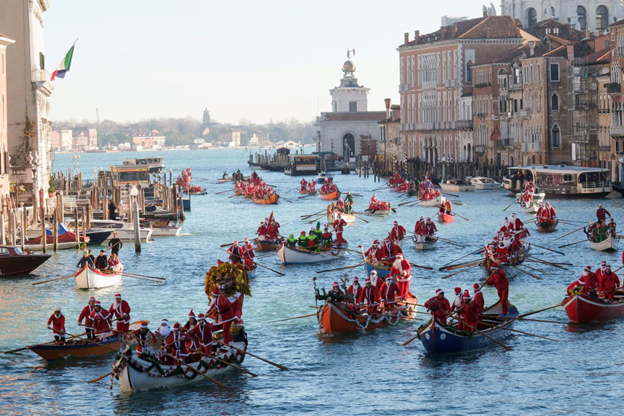The Daily Escape:

St. Ann’s Church and Shrine, Polonia, Buffalo NY, abandoned in 2012 – March 2024 photo by Abandoned and beyond Buffalo. It was recently purchased by a group of Muslims aiming to transform it into a refuge.
From Timothy Snyder:
“…It has been 459 days since the US Congress passed legislation to support Ukraine. Russia, supported by arms from Iran and North Korea, is now slowly advancing…and sending scores of missiles and drones at cities throughout Ukraine. Russia has…destroyed one major Ukrainian hydroelectrical facility, and…is targeting two others. The aim is to bring down the Ukrainian electricity grid.
The US Congress is once again in recess. Although sizable majorities of Americans and their elected representatives want to support Ukraine, legislation has been blocked by the Putinist wing of the House of Representatives.”
This means that the House won’t address funding for Kyiv until mid-April at the earliest. It would be difficult to state the problem more succinctly or better than Snyder does. Where have the Biden administration and the US House been for the past 460+ days?
Rep. Don Bacon (R-NE) was on “Meet the Press” yesterday. Bacon favors some support for Ukraine and highlighted his partnership with Reps. Jared Golden, (D-ME), Brian Fitzpatrick, (R-PA), and Ed Case, (D-HI) on a Ukraine aid bill:
“We put a bill together that focuses on military aid — a $66 billion bill that provides military aid to Ukraine, Israel and Taiwan….If we do this bill, and I think we will, there’s enough support in the House to get this done. And — and I want to make sure that we have support in the Senate…”
It’s possible that Speaker Mike Johnson (R-LA) could face a vote to oust him if he moves to pass Ukraine aid in the House. Before the House left for its two-week vacation Marjorie Taylor-Greene, (R-GA), submitted a motion to vacate, which could lead to a House vote to oust Johnson. Since Greene did not file the motion as privileged, the vote can happen at an indefinite point in the future. Shortly after Greene filed the motion, she said: (parenthesis by Wrongo)
“He (Johnson) should not bring funding for Ukraine to the floor…”
The US has been in a stalemate on resupplying weapons to Ukraine for six months. Zelenskyy told CBS News that Ukraine’s forces had managed to hold off Russian advances through the worst of the winter months:
“We have stabilized the situation. It is better than it used to be two or three months ago when we had a big deficit of artillery ammunition, different kinds of weapons….We totally didn’t see the big, huge counteroffensive from Russia… They didn’t have success.”
CBS said that Zelenskyy acknowledged that the invading Russian troops and their seemingly endless supply of missiles and shells is having a negative effect, that they’re not going to be able to defend against another major Russian offensive expected in the coming months. That, he said, was expected around the end of May or in June.
More: (parenthesis and emphasis by Wrongo)
“He (Zelenskyy) said what’s needed most are American Patriot missile defense systems, and more artillery…he said the nature of the funding dedicated by the American government to help Ukraine must be put into perspective.”
He then made the point that the vast majority of the funds committed to Ukraine go to defense contractors in the US:
“Let’s be honest, the money, which is allocated by the Congress, by the administration, in the majority of cases….at least more than 75% — stays in the US. This ammunition is coming to us, but the production is taking place there, and the money stays in the US…”
What’s happened to Americans? Two years ago every town in the US was sponsoring Ukrainian families. Zelenskyy spoke to the US Congress and received standing ovations. Their war of necessity with Russia dominated the evening news.
Now, we get crickets instead of news about Ukraine. It seems that we’ve become a culture where we admire, support and follow “winners only” like Beyoncé and Taylor. We like winners. Their stories are simple to follow, and their detractors are easy to get angry about.
Ukraine looked like a winner in the fall of 2023, so America was all in, but that died in the standoff in the spring of 2024. America no longer has the willingness or ability to think through complex problems like Ukraine vs. Russia, a problem that may take several more years to solve. So we kick Ukraine to the side of the road and instead talk about Princess Kate and her cancer diagnosis or about Dodgers pitcher Shohei Ohtani, his awesome huge contract and his possible connection to gambling.
You know, the easy stuff that doesn’t make your hair hurt.
We need to keep Ukraine in the forefront of our thinking. We need to realize that Russia sees the eastern NATO countries on their border like potato chips. And you can’t expect Russia to eat just one.
America has two “far enemies” (as opposed to “near enemies”). Our far enemies are Russia and China. Rather than allow them time to become near enemies, we need to deal with them where they are today. This means arming Ukraine with the best air defense systems we have and with longer range missiles that can strike at Russia’s oil, shipping and manufacturing facilities.
Its long past time for the US Congress’ wakeup call! Your dithering may cost Europe and America far more than you think.
To help you wake up, watch and listen to the late Kirsty MacColl perform her hit “Walking Down Madison”, from her 1991 album Electric Landlady. The backup group includes Johnny Marr (The Smiths) on guitar and rapping by Aniff Akinola. Wrongo has loved this song since he first heard it 33 years ago. The idea that you’re never far from having reality whack you in the face has always appealed
Sample Lyrics:
From an uptown apartment
To a knife on the A train
It’s not that far
From the sharks in the penthouse
To the rats in the basement
It’s not that far
To the bag lady frozen asleep on the church steps
It’s not that far




